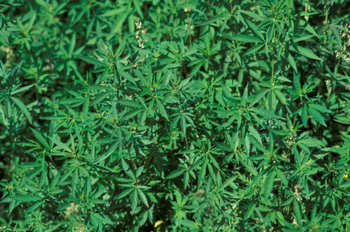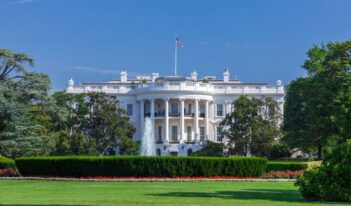
Colorado will need to regulate the market for a federally-banned drug.
With the passage of Amendment 64, Colorado became the first state to legalize marijuana for recreational use. This addition to Colorado’s constitution overrides any state statutes banning the possession or use of small amounts of marijuana by individuals, and it introduces a regulatory structure for commercial growing and retail sales of marijuana.
Marijuana possession and use in Colorado still remains illegal under federal law, and federal law enforcement officers may still prosecute users and distributers in the state. Indeed, even in states where marijuana has been partially legalized for medicinal purposes, federal officers still raid medical marijuana dispensaries. However, the United States Department of Justice (DOJ) has previously indicated that drug law enforcement will be a low priority in states where medical use of marijuana is legal. Furthermore, despite a plea from former Drug Enforcement Administration (DEA) administrators to oppose the Colorado measure publicly, DOJ did not express a position on Amendment 64 before its passage.
The successful Colorado ballot measure now makes it legal, under state law, for state residents over the age of 21 to possess or use less than one ounce of marijuana. Individuals can also grow and harvest up to six marijuana plants as long as they are kept in a locked, private space. Marijuana product manufacturing facilities, testing facilities, and retail stores must apply to the Colorado Department of Revenue (DOR) for an annual license before opening for business. The measure also requires the legislature to pass an excise tax, not to exceed 15%, on marijuana sales.
Under the initiative, which takes effect next month, DOR must establish regulations by July 1, 2013 governing a range of issues, including: licensing procedures, fees, and requirements; security for facilities; labeling; health and safety standards; and advertising restrictions. DOR must then start accepting applications for licenses by October 1, 2013.
In enacting regulations, DOR is expected to look to Colorado’s already existing rules on medical marijuana dispensaries. The medical marijuana regulatory process has not always been implemented smoothly, though. Budget cuts to DOR have significantly delayed approval of licensure applications, with over 200 pending applications for medical marijuana dispensaries. Budget cuts have also led to staff reductions, straining DOR’s ability to conduct auditing visits.
In 2006, Colorado voted down a measure that would have similarly removed penalties for marijuana possession and use for adults. The 2012 initiative was promoted as an improvement over the 2006 measure because the new initiative calls for a fully regulated market that would increase tax revenue. Implementing the new measure is expected to generate between $5 million and $22 million in additional tax revenue per year. The first $40 million collected annually in tax revenue must be earmarked for the public school capital construction fund.
However, opponents of Amendment 64 have argued that the state will be unlikely actually to collect large tax revenues as federal law prohibits banks from collecting deposits of money earned selling a substance that is still illegal under federal law.
No matter what its potential for generating new revenue, the initiative is also estimated to save the state $12 million during the first year alone in law enforcement costs, with annual cost-savings increasing to $40 million in later years.
Advocates for the measure have also suggested that legalization combined with regulation will reduce drug use in teens. The Centers for Disease Control and Prevention’s (CDC) Youth Risk Behavioral Surveillance System (YRBSS) reportedly documented a drop in teen marijuana use after Colorado began regulating medical marijuana.



